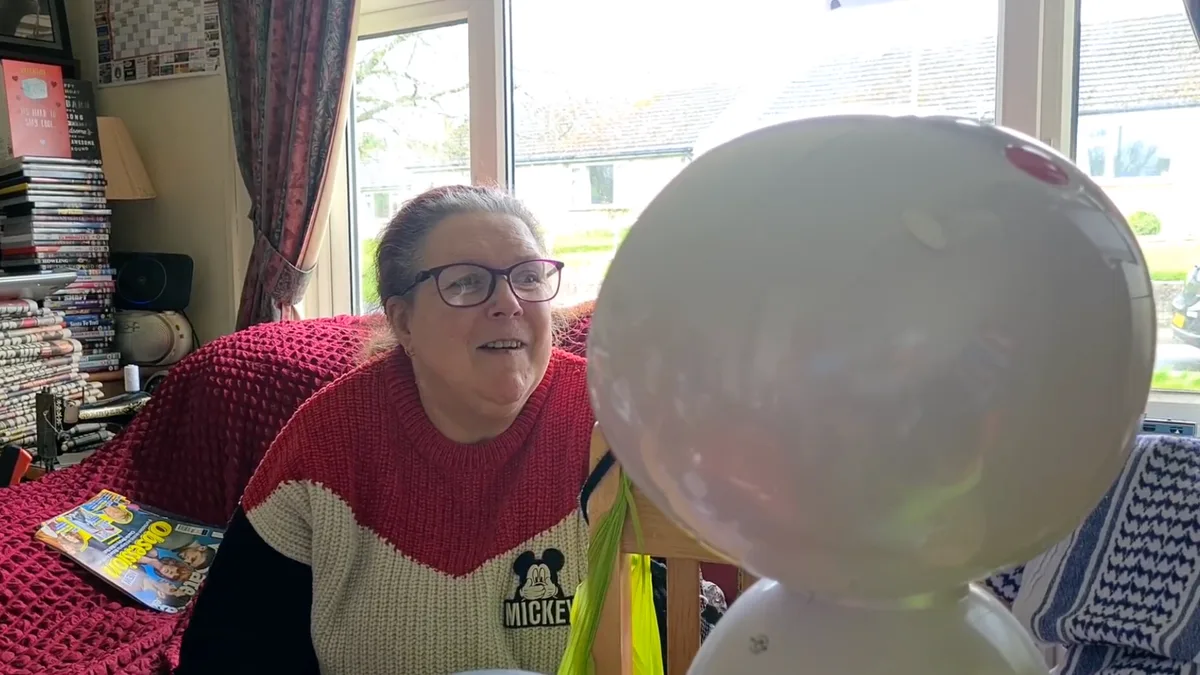The Little Robot Keeping People Independent at Home
Across the UK, a new kind of caregiver is appearing in living rooms and kitchens—not a person, but a small, voice-activated robot named Genie. For nearly 1,000 people like Tara, who lives with significant vision impairments and learning disabilities, Genie is not a novelty. It is part of her daily routine. It reminds her to take her medication, drink water, attend scheduled calls, and—even more importantly—recognizes when something may be wrong and alerts a carer.
Before Genie, Tara often forgot her medication for days at a time. Now, she describes the robot as “my other person,” a presence that helps her maintain balance and independence. Her carer agrees—the robot hasn’t replaced their relationship, but it has reduced stress, stabilized her health, and made home visits more impactful.
The robot connects Tara with her carers over video call twice a week
This kind of outcome is exactly why Cera, one of the UK’s largest home care providers, has acquired GenieConnect, the platform behind Genie, and is now preparing to scale the technology nationwide. According to Cera, Genie can increase care capacity by up to 20%, allowing support teams to serve more people without adding staff. With home visits costing around £14 per day, the robot’s £120 monthly licence can save local authorities more than £3,700 per patient per year—or £750,000 if deployed to 200 patients.
But the story here is not just cost.
It is continuity. Presence. Relief.
Genie tracks how patients respond to prompts, helping identify early signs of decline. It offers daily reminders, connects families through video calls, and provides companionship—something as simple as a friendly voice saying a person’s name. In trials, Genie achieved a 96% success rate in ensuring medications were taken on time. For patients with dementia or memory challenges, that reliability can be the difference between stability and crisis.
For Margaret, a 91-year-old who spends long stretches alone, Genie is something even more human: “It feels like someone is present here,” she said. “It’s comforting.”
Social care leaders echo the sentiment.
The robots don’t replace carers—they support them.
Margaret, 91, said the robot makes it feel like ‘someone is present’
They remove small daily burdens so carers can focus on the harder, more meaningful work: conversation, mobility assistance, emotional presence, and connection. As one council officer put it, “Caring shouldn’t be seen as a burden. This takes away just enough of the weight to make it manageable again.”
The UK care system faces growing strain, aging populations, and too few hands to meet increasing needs. Genie does not solve this alone. But it represents something rare in healthcare innovation:
A technology that expands capacity without erasing the humanity of care.
It is care… made more possible.

